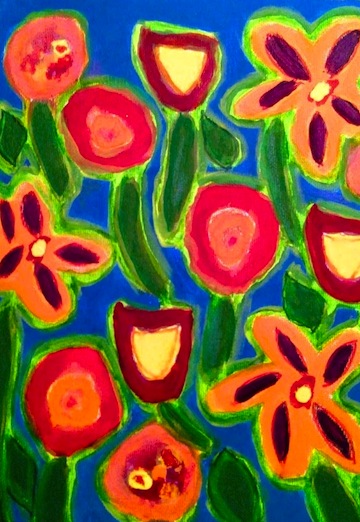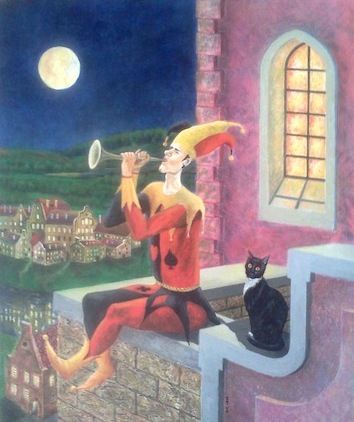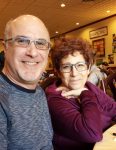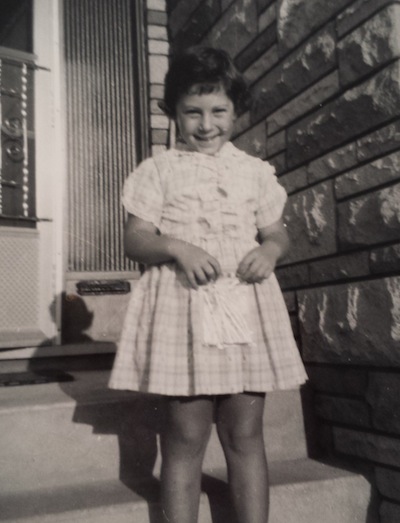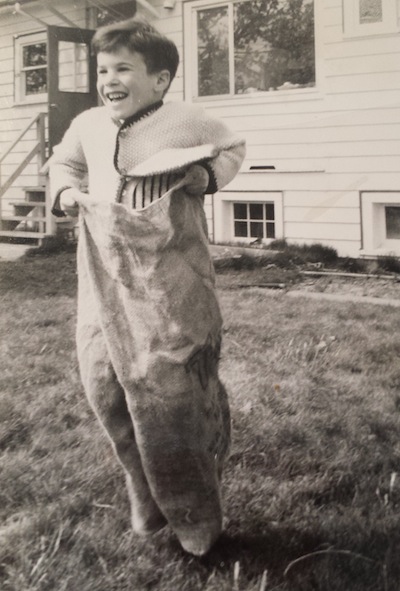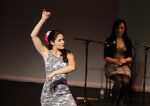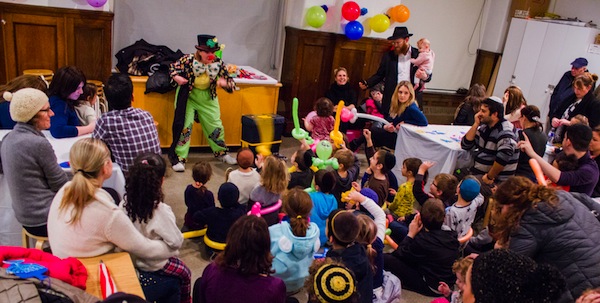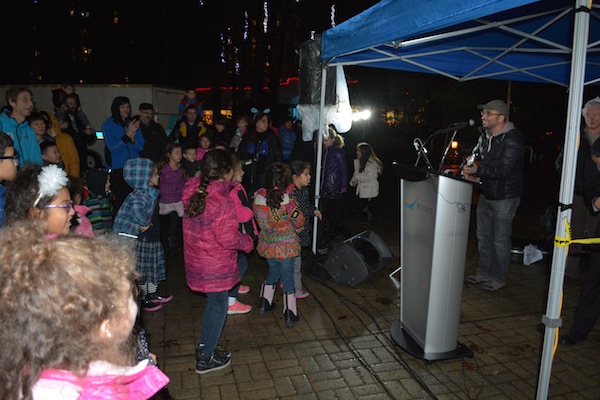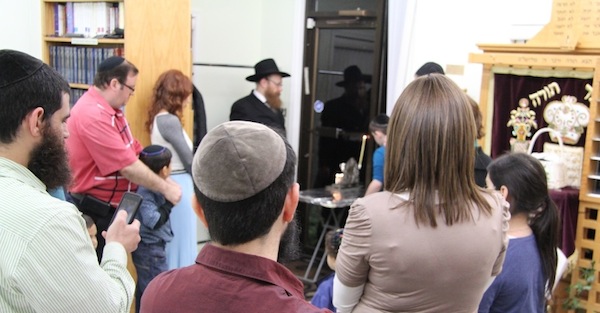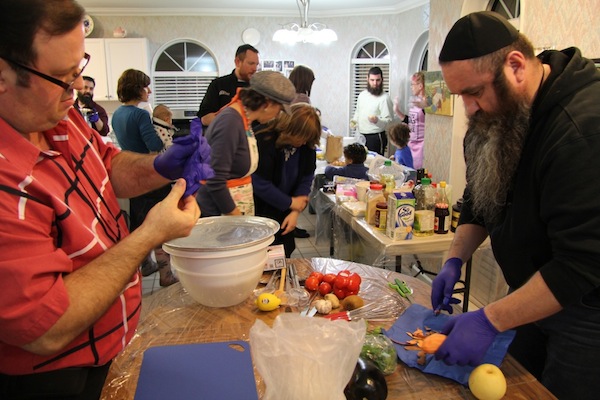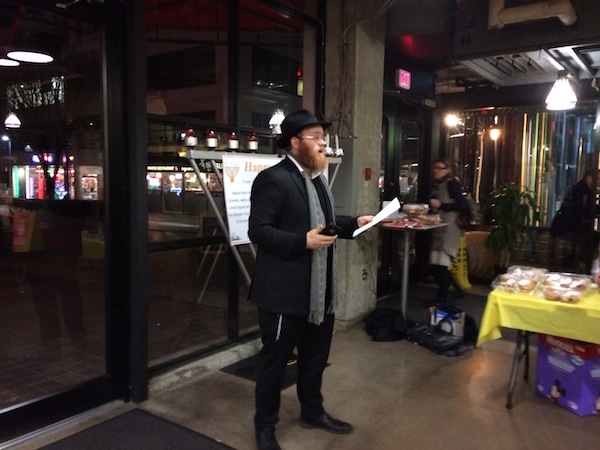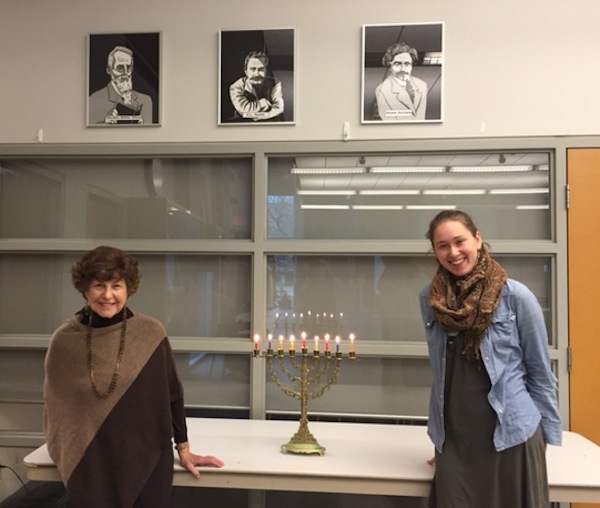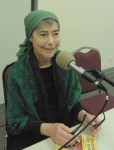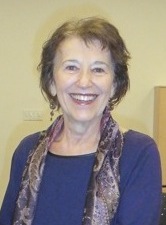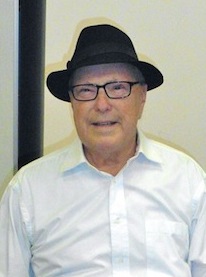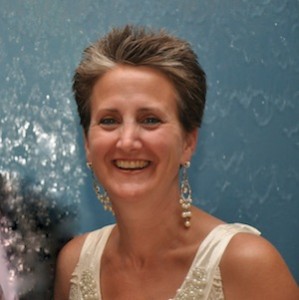I am 69 years old and I have been living with multiple sclerosis for the last 29 years. During that time, my disability has affected my spirituality, and vice versa.
I grew up with Orthodox Jewish maternal grandparents in the same house as my less-than-Orthodox parents. Spirituality is about love if it is about anything, and my earliest memories of spiritual experience are all tied up with my love for my grandfather and his for me.
I was very close to my grandfather, Shmuel (Samuel) Silberberg. He died when I was 12, but until then, for as long as I can remember, I sat with him in the synagogue in the rows closest to the ark. There was a sense of belonging – those old guys were connected. Looking back, it is funny that I had a strong sense of belonging where I definitely did not belong. Young girls were not wanted there. But my grandfather belonged, and it was clear to all that he thought I belonged with him. He was not argued with. Even my father, Moishe (Morris) Novik, sat with the other 50 regular guys in the middle toward the back. He sat where he belonged, which was not up front with me and the old guys.
After my grandfather died, there was no more sitting with the old guys in the synagogue. I got sent upstairs to sit with my mother and the rest of the women. It just wasn’t the same. There was one row of old women who had that aura of belonging, but the other women were chatting or moving around. My connection to Judaism drifted away.
Around 1978, I went to visit my parents in New York. To my chagrin, I realized that my children, ages 8 and 6, knew nothing about being Jewish and knew plenty about Christianity. Oops. If I didn’t give them a sense of being Jewish, our dominant Christian culture would move in. When I returned to Vancouver, I searched for a place our family would fit. For a single, lesbian, politically active welfare mother, this wasn’t easy. But the children and I persevered, and we found the Peretz Shul (officially the Peretz Centre), a progressive secular Jewish place of education and culture. Our Jewish identity was saved – we had an anchor. I came to see spirituality as the sense of belonging that I remembered and that I needed for my children. Every Sunday I took them to the Jewish school and, once a month, there was a potluck lunch following. The kids had secular bar and b’nai mitzvah, and all was well.
By 1988, the woods and physical movement were my spirituality. My son had moved out on his own and my daughter was staying with family in California, so I hiked, cross-country skied, and spent time in British Columbia’s backcountry. The woods and mountains were my holy places, my grounding and my anchor. I found it impossible to wander in the beauty and not feel in every fibre of my body that I was part of something so much bigger than I.
Enter primary progressive multiple sclerosis. In this type of MS, disability gets steadily worse, without pause or remission. And my world was – and is – turned upside down. In the midst of this chaos and uncertainty, where was my anchor now?
In 1989, I took a medical leave from the travel agency I owned and moved to an A-frame home on friends’ property in Mission, B.C. No electricity, no running water. I chopped lots of wood. My MS moved slowly. I could happily live in the bush while trying to sort out what it all meant. I was blessed to find a weekly aboriginal healing circle, through the Mission Indian Friendship Centre, that warmly welcomed and grounded me.
Back on the farm, I walked with the dogs to the waterfall and talked to G-d, the G-d who was and is very much my father’s G-d. He had a personal relationship with G-d and, as a kid, I learned from watching him. When we went to the cemetery, he chatted with his dad and mom. He would stand by their graves and have long, friendly conversations, and I would watch with awe how the talks were never solemn, just friendly and intimate. When he was done, he would always ask if I had anything to add. I would shake my head and he would smile. There was never any pressure that I should talk.
The important lesson I learned was that it is OK to talk to dead people. And they will listen – they are interested. I spoke about this lesson at my father’s funeral. When one of my children or I had a problem, some people would say, “I’ll pray for you.” My dad would say, “I’ll talk to my friend upstairs for you.” He was just a regular guy who spoke about his friend upstairs in the way he would talk about any neighbour. For me, as a child and even now, this relationship is soothing and comforting.
With the chaos that MS brings to my life, sometimes a breakthrough comes when I can step back from the insurmountable roadblocks and see them instead as stepping stones on my path. This is difficult for me. My first impulse is to kick, scream and deny every new loss. Yet it is crucial to see the stepping stones so I can move forward. I remember that from hiking.
In 1990, I was back on my porch in Vancouver and missing the aboriginal healing circle. I thought, “Wait, I have my own ritual.” Around this time, my son, who had just become a father, said, “Mom, it’s time to go to synagogue.” And I said, “I know where to go.” We went to Or Shalom, where I found much grounding and a sense of community. I told a friend at Or Shalom that I hadn’t been to synagogue in 30 years. She just said, “Welcome home.” And home it was to me, my son and my granddaughter. Over the years, people have asked, “How did you manage to get your son to come to synagogue?” And I tell them it was his idea.
A few years later, in 1994, I wanted a way back to the woods. I had heard of therapeutic horseback riding, and I thought that, with the horses, I could get there. My first lesson, just 10 minutes of riding, felt great. I was convinced that this was going to sort out my hip joints, legs and back. That happened, and the surprise was that my soul and psyche were also woken up. I always felt like I had just done something grand. I, who don’t often feel proud of myself, suddenly felt quite proud for getting on this obstinate horse, Brew. He was an elderly, beautiful chestnut gelding. But strong-willed, like me. Before I got on a horse, I would always have a minute where I thought, I am insane to climb all the way up there. But, as soon as I got up there, I felt wonderfully alive. The day I rode Visteria, a big 16-hand chestnut mare with an amazingly smooth walk, it was like gliding along on top of the world. My hips unlocked and I felt my spirit rising.
For a few years, those horses were my anchor, my connection and my strength. Riding gave me back the joy of moving. I began to realize again how much my sense of spirituality was connected to physical movement. Hiking, long walks, swimming and horseback riding put me in a place where I could be connected to G-d, where I could feel myself part of a larger whole. But, with MS, there was one loss after another. I went through several aids: cane, then walker, then scooter, then horses.
Before the MS diagnosis and the losses in mobility, did I talk to G-d? Not much. The first conversations I remember happened in my year in Mission, during my daily hikes to the waterfall, with G-d and the dogs my daily company.
Now, with my mobility much more compromised, I still find G-d time where I can. The conversations now centre on “meaning.” What does this new life mean? What am I supposed to be doing? And so often G-d answers, “Go write.” I complain about the endless health maintenance that leaves so short a day, and G-d answers, as she always has, “Go write.”
Can I say exactly where spirituality is in my life and what it means for me? I am still a tad confused. Primary progressive MS slowly and persistently takes stuff away, so, in the 29 years of the illness, I have reinvented myself over and over and over again. The long hikes are just a memory, and I don’t often get out of my house to my synagogue anymore. Now that my physical movement is so limited, will I find a way to grow more spiritually?
Still, when I need spiritual guidance, I ask my father to talk to his friend upstairs. My father smiles and says, “You can talk yourself now, you know.” We both know that I do have my own conversations. But I still like using him as my go-between.
Ellen Frank was a writer, activist, mother, grandmother and retired travel agent, author of Sticks and Wheels: A Guide to Accessible Travel on the Lower Sunshine Coast (Ouzel Publishing, 2006), Taking the Reins (Kindle, 2011) and several articles published in anthologies and in periodicals, including the Jewish Independent. She lived with primary progressive multiple sclerosis from 1988 to her death in January 2017.



